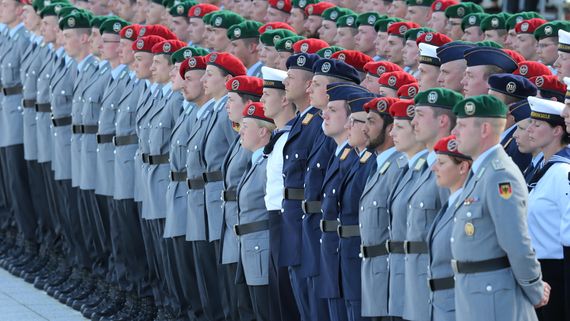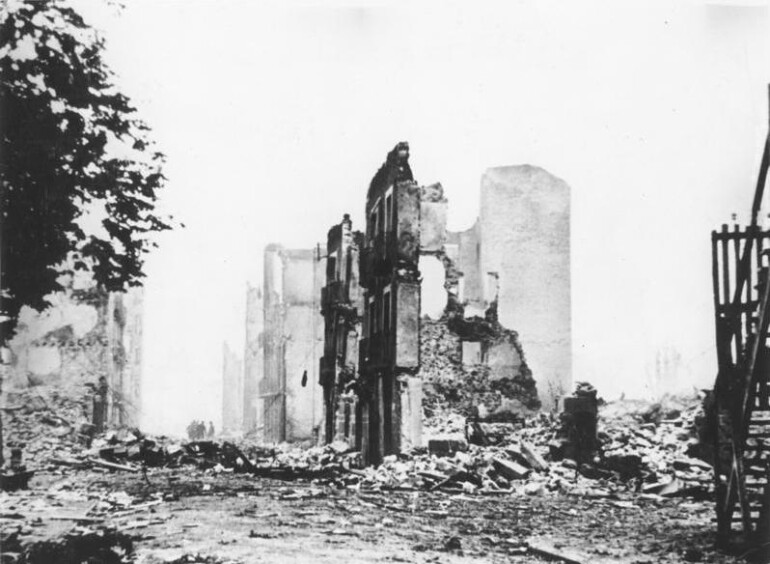By Jamie Arbuckle for Peacehawks
INTRODUCTION
German Chancellor Olaf Scholz has announced that Germany will increase defence spending by Euro 100 billion, raising the German defence budget from 1.5 to over 2% of GDP. Canada, Sweden and Denmark have also announced similar increases to their defence budgets.
Unfortunately, throwing out numbers and then setting the fiefdoms to struggle for their shares is precisely the wrong way to go about structuring a defence establishment, and its personnel and equipment programmes. This is how it is commonly done, numbers first, then programmes. But this usually results in the wrong equipment in the wrong numbers and there for all the wrong reasons. There will then follow a generation of complaints about equipment not needed or unaffordable or non-deployable – or all of the above.
For example: At the time of my retirement from the Canadian Forces in 1995, we had as many officers as we had corporals, we had more military policemen than infantrymen, and the army’s armoured personnel carriers and medium howitzers mostly dated from around 1965; the main battle tanks had come into service in the 1970s. Nevertheless, and despite the ageing-out of the Army’s major equipments, in that year the Army was awarded just 17% of the capital equipment budget for the Canadian Forces. That was a reflection neither of any considered requirements nor of any logical structure, it simply showed how poorly the Canadian Army staff had fared in the competition for resources.
The present need is too great, and the stakes are too high, for this sort of misdirection to occur now in Germany. As a Canadian analyst for the (Toronto) Globe and Mail has put it, “That we need to spend more is self-evident, even more urgently, we need to spend better.”[1]


